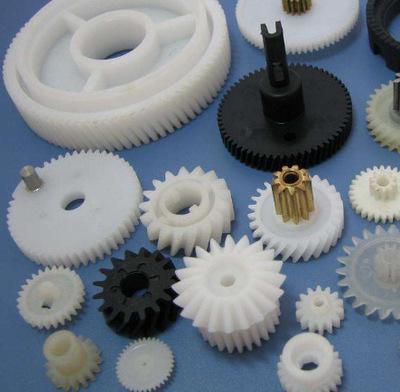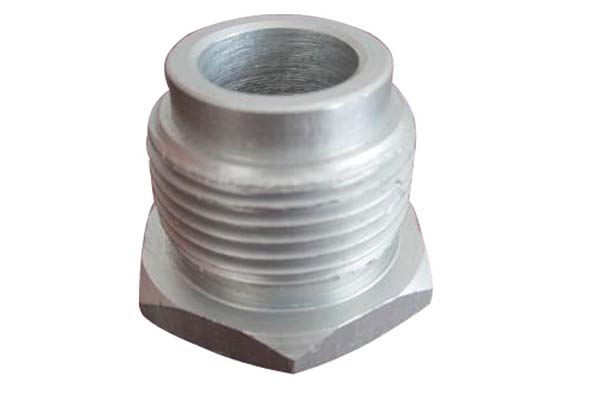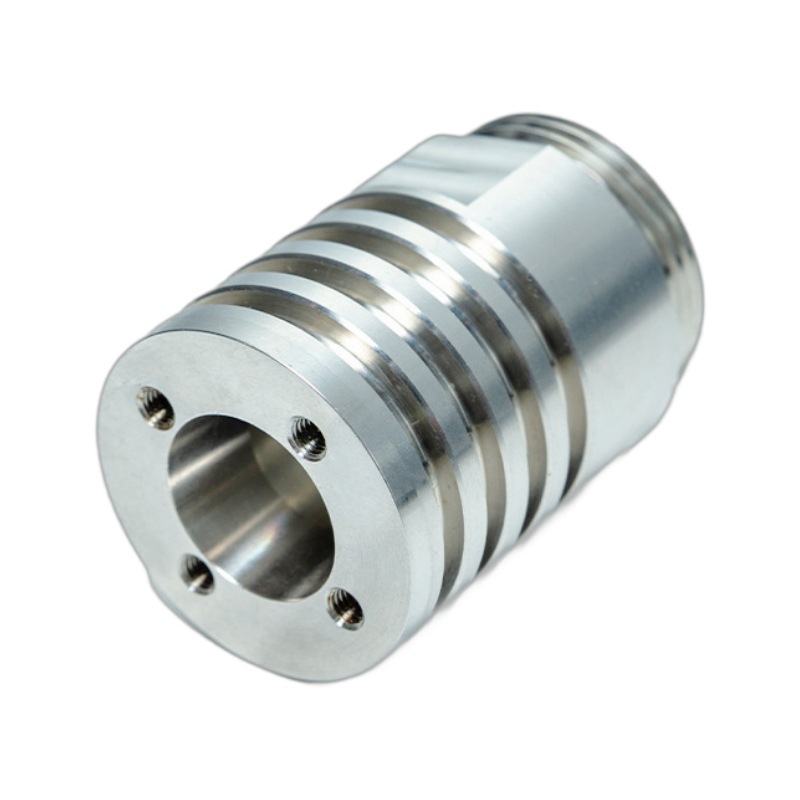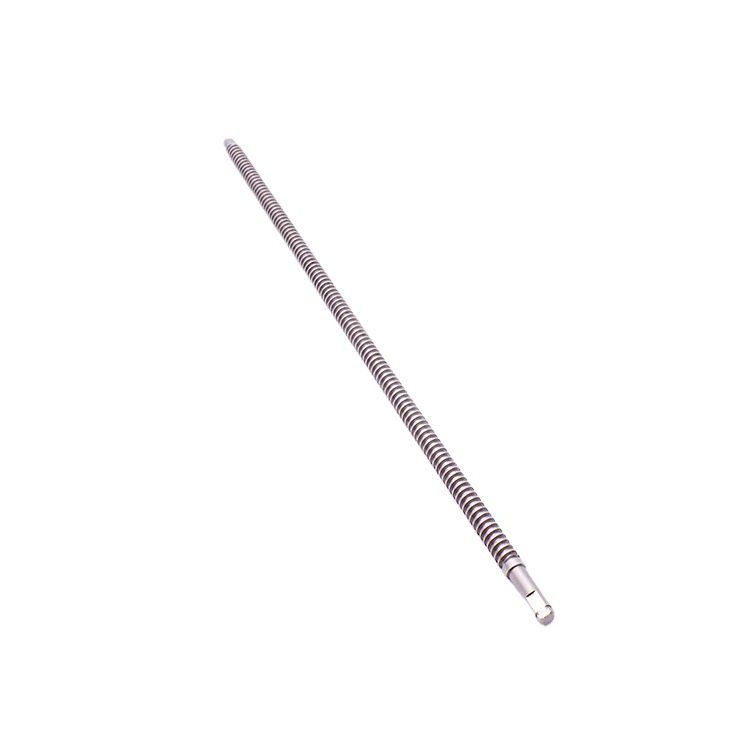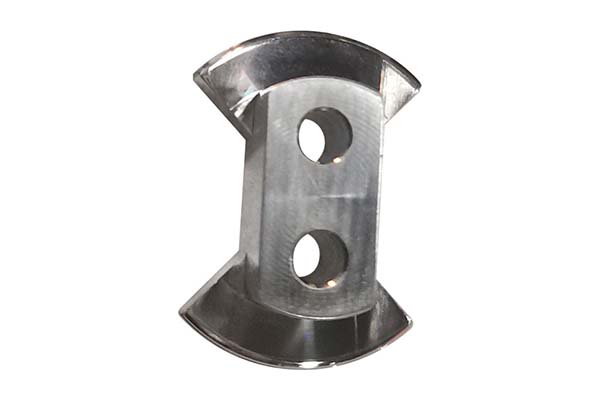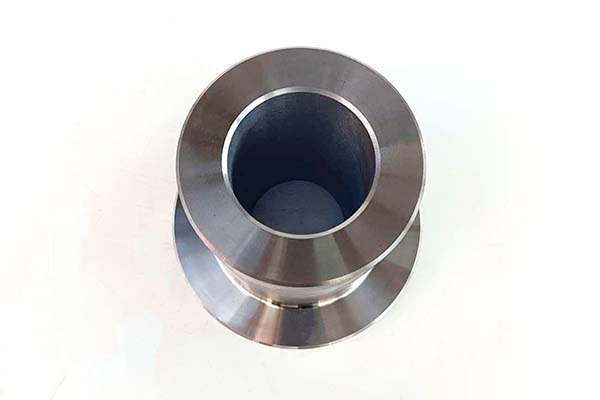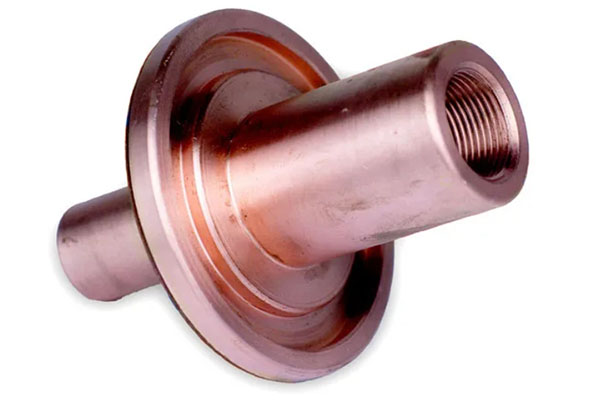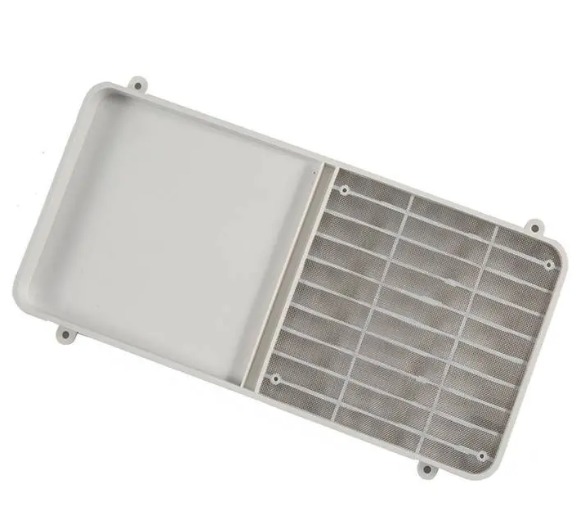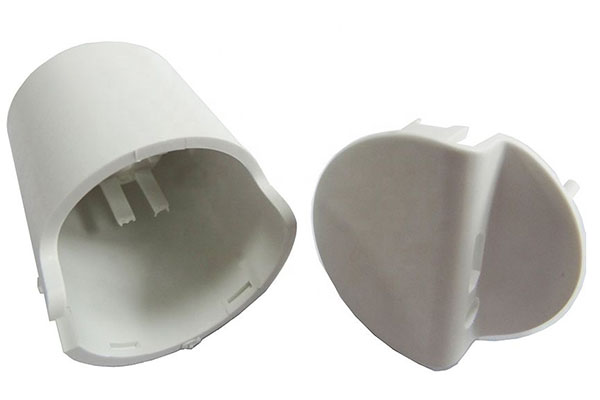Introduction
Carbon Fiber Reinforced Polymer (CFRP) has revolutionized manufacturing with its unrivaled blend of strength, stiffness, and lightness. Yet, machining this advanced composite material is fraught with challenges: delamination of its laminate structure, fiber pullout that ruins surface quality, and rapid tool wear due to abrasive carbon fibers. Achieving tight tolerances and smooth finishes demands specialized knowledge. This article addresses these pain points by exploring CFRP’s unique material characteristics, breaking down proven CNC machining processes, and highlighting its key applications, giving you the expertise to harness its full potential.
Material Characteristics of Carbon Fiber Reinforced Polymer (CFRP)
Mechanical Properties: Strength, Stiffness, and Weight
At the heart of CFRP’s appeal are its extraordinary mechanical properties. Composed of carbon fiber embedded in a polymer matrix (most commonly epoxy resin), it delivers high strength (tensile strength: 1,500–3,000 MPa) and high stiffness (Young’s modulus: 100–200 GPa)—rivaling steel and aluminum while weighing 50–70% less. Its high strength-to-weight ratio and high stiffness-to-weight ratio make it indispensable for weight-critical applications, from aircraft wings to racing car chassis.
CFRP also exhibits excellent fatigue resistance, enduring millions of stress cycles without failure—critical for components like wind turbine blades. However, its impact resistance varies by design: while some grades absorb shocks well, others are brittle, requiring careful layering of fiber orientation (e.g., 0°, 90°, ±45°) to balance strength and toughness.
Thermal, Chemical, and Dimensional Properties
CFRP’s thermal properties are equally impressive. It maintains stability at 120–200°C (higher with heat-resistant matrices), with low thermal conductivity (0.15–0.5 W/(m·K))—ideal for electrical insulation in electronics. Its thermal expansion is minimal (1–5 μm/(m·°C)) along the fiber direction, ensuring dimensional stability across temperature swings, though it’s anisotropic (higher expansion perpendicular to fibers).
Chemically, CFRP offers strong chemical resistance and corrosion resistance, outperforming metals in harsh environments like marine settings or chemical plants. Its specific gravity (1.5–1.6 g/cm³) is far lower than steel (7.8 g/cm³) and aluminum (2.7 g/cm³), enabling lightweight structures that boost efficiency in everything from drones to satellites. Many grades also feature flame retardancy, critical for aerospace and automotive safety.
Microstructure and Laminate Structure
CFRP’s microstructure is defined by its laminate structure—layers of carbon fibers bonded by polymer resin. Fiber orientation within each layer dictates performance: 0° layers maximize longitudinal strength, 90° layers enhance transverse strength, and ±45° layers improve shear resistance. This tailored design allows engineers to optimize CFRP for specific loads, making it versatile for diverse applications. The resin matrix protects fibers from environmental damage and distributes stress evenly across the composite.
CNC Machining Process for Carbon Fiber Reinforced Polymer (CFRP)
Tool Selection and Machining Parameters
Tool selection is critical for successful CFRP machining. Diamond tools (polycrystalline diamond, PCD) are the gold standard—they resist abrasion, minimize tool wear, and produce clean cuts. Carbide tools with diamond coatings are a cost-effective alternative but wear faster. Tool geometry matters: sharp, pointed edges with high rake angles reduce cutting forces, while shallow flutes prevent fiber entanglement.
Spindle speeds for CFRP range from 10,000–30,000 rpm to cut through hard carbon fibers efficiently. Feed rates of 0.05–0.2 mm/rev balance precision and speed, with depth of cut kept under 0.5 mm to avoid delamination. High-speed machining is preferred, as it reduces contact time between tool and workpiece, lowering heat buildup that can soften the resin matrix.
Tool Path, Coolant, and Heat Management
Optimizing the tool path is key to preventing defects. Climb milling (tool rotates into the workpiece) minimizes delamination by compressing layers rather than pulling them apart. Circular entry/exit moves avoid abrupt forces at edges, while following the fiber orientation reduces fiber pullout. A layered machining strategy—roughing to remove bulk material, then finishing with finer passes—ensures surface quality (Ra 0.8–2.0 μm) and dimensional accuracy (±0.01–0.03 mm).
Coolant use is selective: compressed air or mist coolants work best to clear chips without saturating the resin (which can cause swelling). Heat dissipation is critical—excessive heat generation softens the matrix, leading to fiber pullout and poor finish. Proper ventilation and air cooling systems maintain stable temperatures during machining.
Overcoming Machinability Challenges
Machinability in CFRP is hindered by its anisotropic nature. Delamination occurs when cutting forces exceed the matrix’s bond strength, while fiber pullout happens when tools tear fibers instead of cutting them. To combat this, monitor tool wear closely (replace tools at 0.05 mm flank wear) and use rigid machine setups to reduce tool deflection.
Chip formation produces sharp, conductive carbon fiber fragments—vacuum systems are essential to protect operators and equipment. Balancing material removal rate with precision is key: faster feeds increase efficiency but raise the risk of kerf width variations, which compromise dimensional accuracy.
Applications of Carbon Fiber Reinforced Polymer (CFRP)
Aerospace and Automotive Industries
In the aerospace industry, CFRP is a game-changer. Aircraft components like wings, fuselages, and tail sections use CFRP to reduce weight by 20–30%, cutting fuel consumption significantly. Satellite components leverage its dimensional stability and low weight to withstand launch stresses and orbital conditions.
The automotive industry uses CFRP in high-performance vehicles, racing cars, and electric vehicles (EVs). Racing teams rely on it for chassis and body parts to boost speed and handling, while EV manufacturers use it to offset battery weight, extending range. Even mainstream automakers are adopting CFRP for structural components to improve efficiency.
Electronics, Sports, and Medical Devices
In the electronics industry, CFRP makes lightweight enclosures for smartphones, laptops, and drones—its electrical insulation and rigidity protect sensitive components. Consumer electronics benefit from its sleek, durable finish.
Sports equipment is another major user: golf clubs (for lightweight shafts with high stiffness), tennis rackets (for power and control), and fishing rods (for strength without weight) all rely on CFRP. Its tailored fiber orientation allows manufacturers to fine-tune flexibility and strength for optimal performance.
In medical devices, CFRP is used for lightweight braces, surgical tool handles, and imaging equipment components. Its corrosion resistance and biocompatibility (with proper coatings) make it safe for clinical settings.
Industrial and Marine Applications
Industrial equipment uses CFRP for wind turbine blades (to withstand cyclic loads), robotic arms (for high strength and low inertia), and structural components in factory machinery. Its chemical resistance suits it for corrosive environments like chemical processing plants.
The marine industry employs CFRP in boats and yachts for hulls and decks—its light weight improves speed and fuel efficiency, while its corrosion resistance withstands saltwater. Even underwater drones use CFRP for buoyancy and durability.
Yigu Technology's Perspective
At Yigu Technology, we specialize in CNC machining CFRP, tackling challenges like delamination and fiber pullout with precision tooling and tailored strategies. Our expertise in optimizing tool paths and machining parameters ensures parts meet aerospace-grade tolerances and surface standards. Using PCD tools and high-speed machining, we deliver reliable, high-performance CFRP components for industries ranging from automotive to aerospace—making us your trusted partner for mastering this advanced composite.
FAQ
- How does CFRP compare to aluminum in terms of strength and weight?
- CFRP offers 3–5x the strength-to-weight ratio of aluminum, with 50% lower weight, making it ideal for weight-critical applications.
- What causes delamination in CFRP machining, and how can it be prevented?
- Delamination results from excessive cutting forces or improper tool paths. Using PCD tools, climb milling, and shallow cuts minimizes this risk.
- Is CFRP suitable for high-temperature applications?
- Yes, with heat-resistant matrices like phenolic resin, CFRP withstands continuous use at 200–250°C, making it suitable for engine compartments and industrial ovens.
